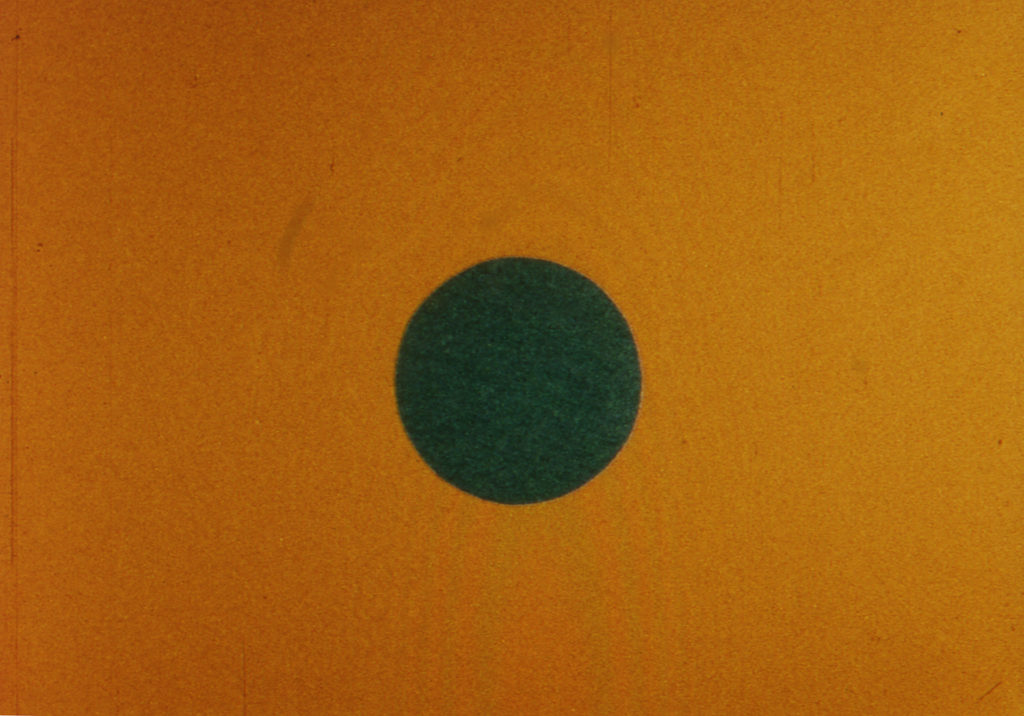Now available: five new prints from Robert Breer
Posted February 21st, 2020 in New Acquisitions, New Films, News / Events
Robert Breer‘s career as artist and animator spans 50 years and his creative explorations have made him an international figure. He began his artistic pursuits as a painter while living in Paris from 1949-59. Using an old Bolex 16mm camera, his first films, such as Form Phases, were simple stop motion studies based on his abstract paintings.
At the heart of his work is the imagination of the artist mixed with the inquisitive mind of the mad scientist, delving into lost archives of cinema to revive forgotten art forms and giving them new life for generations to come. This is the secret to Breer’s unique world. -Jackie Leger
Form Phases III (1954 | 3.5 minutes | COLOR | SILENT)
Different stages of paintings made with ink. The ink fuses, spreads.
(Preferably shown at 18fps, but 24fps is acceptable if 18fps isn’t possible.)

Images by Images IV (1955 | 3 minutes | COLOR | SOUND)
“An endless loop of film composed entirely of disparate images. Through repetition, certain images isolate themselves from the flow reforming the original pattern.” -Robert Breer
Image by Images IV was shot on Kodachrome and shows a further development of Image by Images I but in a continuous band instead of a loop. A set of images is repeated several times but is arbitrarily modified.
PBL #2 (1968 | 1 minutes | COLOR | SOUND)
A concise, one-minute cartoon history of the black American, commissioned by the Public Broadcast Laboratory and shown on NET network.
T.Z. (1979 | 8.5 minutes | COLOR | SOUND)
“An elegant home movie, its subject is Breer’s new apartment which faces the Tappan Zee (T.Z.) bridge. It is permeated, as are all his films, with subtle humor, eroticism and a sense of imminent chaos and catastrophe.” – Amy Taubin
Hommage to Jean Tinguely’s “Hommage to New York” (1968 | 9.5 minutes | B&W | SOUND)
A record, of sorts, of the birth and death of Tinguely’s famous auto-destructive sculpture. Filmed on the spot at the New York Modern Art Museum, this film also exploits a wide range of camera and editing techniques to give it a life of its own, independent of and parallel to the subject.


